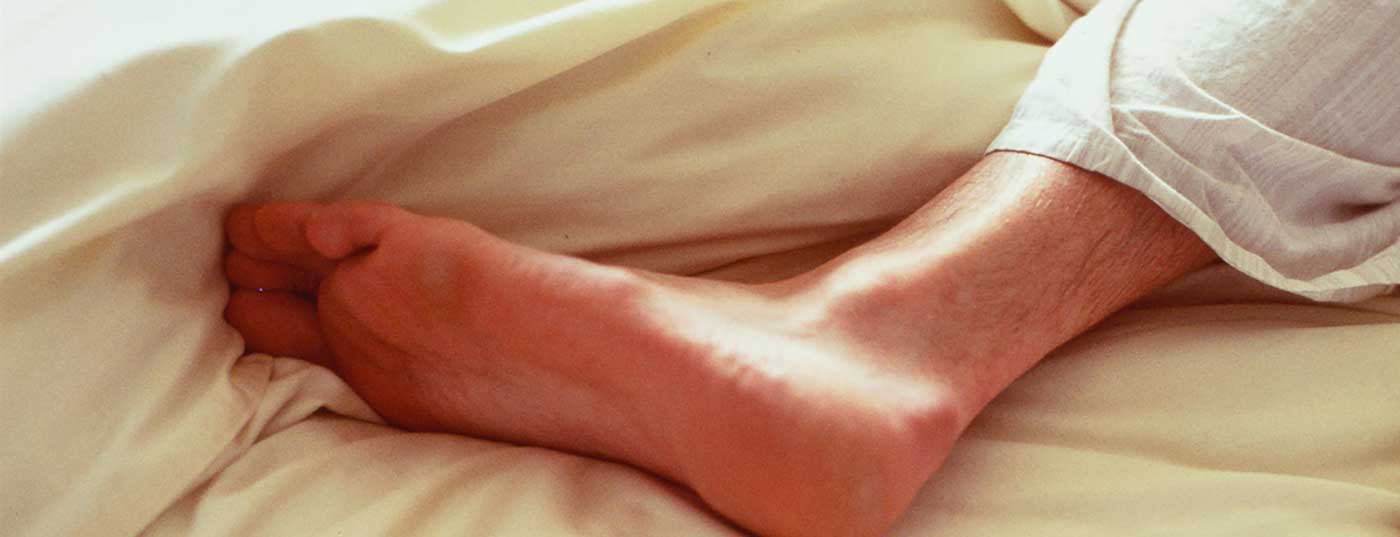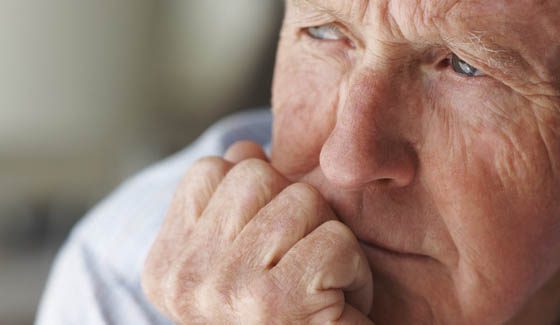In addition to the official and approved indications for Padma 28, a herbal medicine manufactured in Switzerland and based on a Tibetan formulation, there are indications for other possible uses. Various published case reports suggest that this Tibetan multi-substance mixture can also be used to treat restless legs syndrome (RLS), among other conditions.
Padma 28 is a herbal medicine manufactured in Switzerland and based on a Tibetan formula. When China occupied Tibet in the early 1950s and the Dalai Lama fled abroad, many Tibetan medicine formulas were also taken out of the country. Various recipes came to Switzerland, where they have been produced for many years according to the Tibetan tradition and Swiss quality criteria.
Padma 28 consists of 22 natural components (box) and is reimbursed by supplementary insurance. The identical preparation called Padmed Circosan is also covered by basic insurance. The Swissmedic-approved indications for Padma 28 are paresthesias such as tingling, “formication,” heaviness and tightness in the arms and legs. Further it can be used in case of falling asleep of extremities and against calf cramps. The reasons for the complaints are either arterial circulatory disorders or the (partial) dysfunction of the microcirculation in the affected tissues.

In addition to these official and approved indications, there are indications from various case reports of other possible applications, e.g. in restless legs syndrome (RLS).
Restless Legs Syndrome
In RLS, neurological disorders are present that affect sensorimotor control. Typical symptoms of RLS include a disturbance of sensation in the extremities and an uncontrollable urge to move those extremities. RLS occurs – as the name of the disease suggests – more frequently in legs than in arms. Diagnosis includes:
- Uncontrollable urge to move in the affected extremities
- A disturbed sensation
- An increase in symptoms at rest and immediate improvement with exercise
- Worsening of symptoms towards evening and at night.
RLS can be inherited [1]. Inheritance is thought to be autosomal dominant and passed on in 30-90%. This type of RLS is called idiopathic. In the symptomatic form, other diseases such as rheumatoid arthritis, CVI, polyneuropathy, diabetes mellitus and iron deficiency are often present at the same time. Non-drug measures such as physiotherapeutic exercise, intellectual activity before sleep, and abstaining from stimulant drugs such as nicotine, alcohol, and caffeine can reduce existing RLS. The problem with therapeutic treatment is that although there are drugs that are effective against RLS – these include antiepileptic drugs, opiates, antiparkinsonian drugs, levodopa or dopamine antagonists – they all have a high potential for side effects. Therefore, there are many RLS patients who prefer to keep the underlying condition rather than incur the side effects of pharmacotherapy.
Padma 28 against RLS?
There is now evidence to suggest efficacy of the Tibetan multi-substance mixture in the symptomatic form of RLS. There are several case reports of off-label uses of Padma 28 involving polyneuropathy, paresthesias in diabetes mellitus, and venous leg disorders. These case reports were published in the Swiss Journal of Holistic Medicine [2–4] and will be presented here only in summary.
Polyneuropathy: This case [2] involved a 68-year-old man who had been diagnosed with polyneuropathy from which he had suffered for decades. Accordingly, there was numbness in the feet that extended to the lower legs. Further, pain occurred during walking. The doctor prescribed the patient 3× 2 capsules of Padma 28/d. Due to a significant improvement in symptoms, the dosage was reduced to 2× 2 capsules/d after 17 weeks. The patient described the numbness in the feet to the lower legs as still moderate after eleven weeks and only weak after 21 weeks.
Diabetes mellitus: A 68-year-old patient suffered from diabetes type 1 and additionally from PAVK Fontaine stage IIb [3]. As a result, the man had pain in his legs and numbness in his feet. In contrast, he received 3× 2 capsules of Padma 28/d. After only six weeks, he no longer described the complaints as moderately severe, but only as weak. Subsequently, the physician prescribed a reduction of the dose to 3× 1 capsule/d. During eight months, the dose was continued in this way and the patient was observed. The complaints disappeared completely.
Venous leg complaints: A woman over 70 years of age was under medical treatment for moderately severe edema in the right ankle and a subjective feeling of coldness in the feet [4]. According to her wish for natural treatment, the doctor prescribed Padma 28 (3× 2 tablets/d). Within a few days, the sensation of cold disappeared, and the edema was also significantly reduced within two weeks. Because the patient took the drug only sporadically over the next four months, she experienced a relapse of symptoms and therefore returned to taking 3× 2 tablets daily. Within two weeks, the edema disappeared completely. The intake was continued as a preventive measure.
Summary
In the three case reports mentioned above, the Tibetan multi-substance mixture Padma 28 brought about considerable to complete improvement in polyneuropathy, in diabetes-mellitus-related complaints in the legs and feet, and in venous leg complaints. Since the mentioned complaints often occur in connection with RLS, it would be worthwhile to clarify with appropriate studies whether Padma 28 is also effective in RLS. Because it is excellently tolerated, Padma 28 could become an alternative to standard RLS medications.
Literature:
- Winkelmann J, et al: Genome-wide association study of restless legs syndrome identifies common variants in three genomic regions. Nat Genet 2007; 8: 1000-1006.
- Rüttger JO: Polyneuropathy: Therapy with Padma 28 – Effectiveness of a Tibetan multi-substance mixture. Schweiz Z Ganzheitsmed 2014; 26(3): 146-148.
- von Muralt Portmann D: Paresthesias in diabetes mellitus: therapeutic approaches with Padma 28. Schweiz Z Ganzheitsmed 2010; 22(4): 209-210.
- Locher A: Padma 28 in venous leg complaints – a case report. Schweiz Z Ganzheitsmed 2012; 24(5): 272-273.
HAUSARZT PRAXIS 2016; 11(3): 2-3











